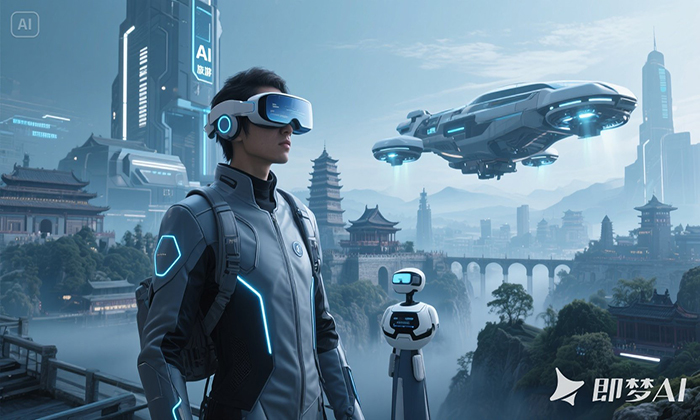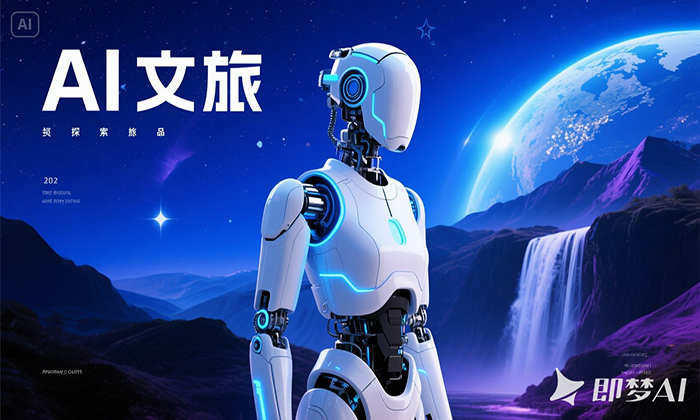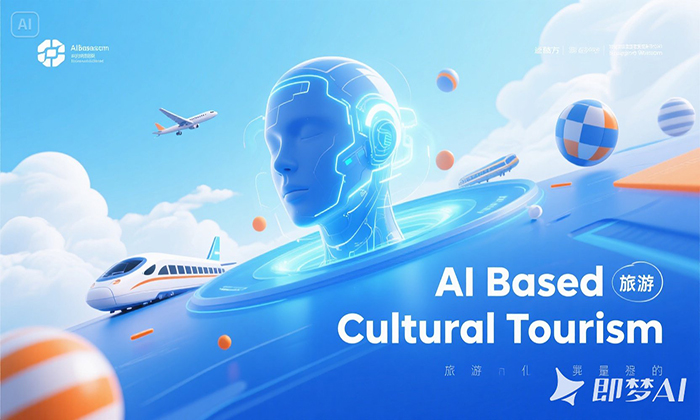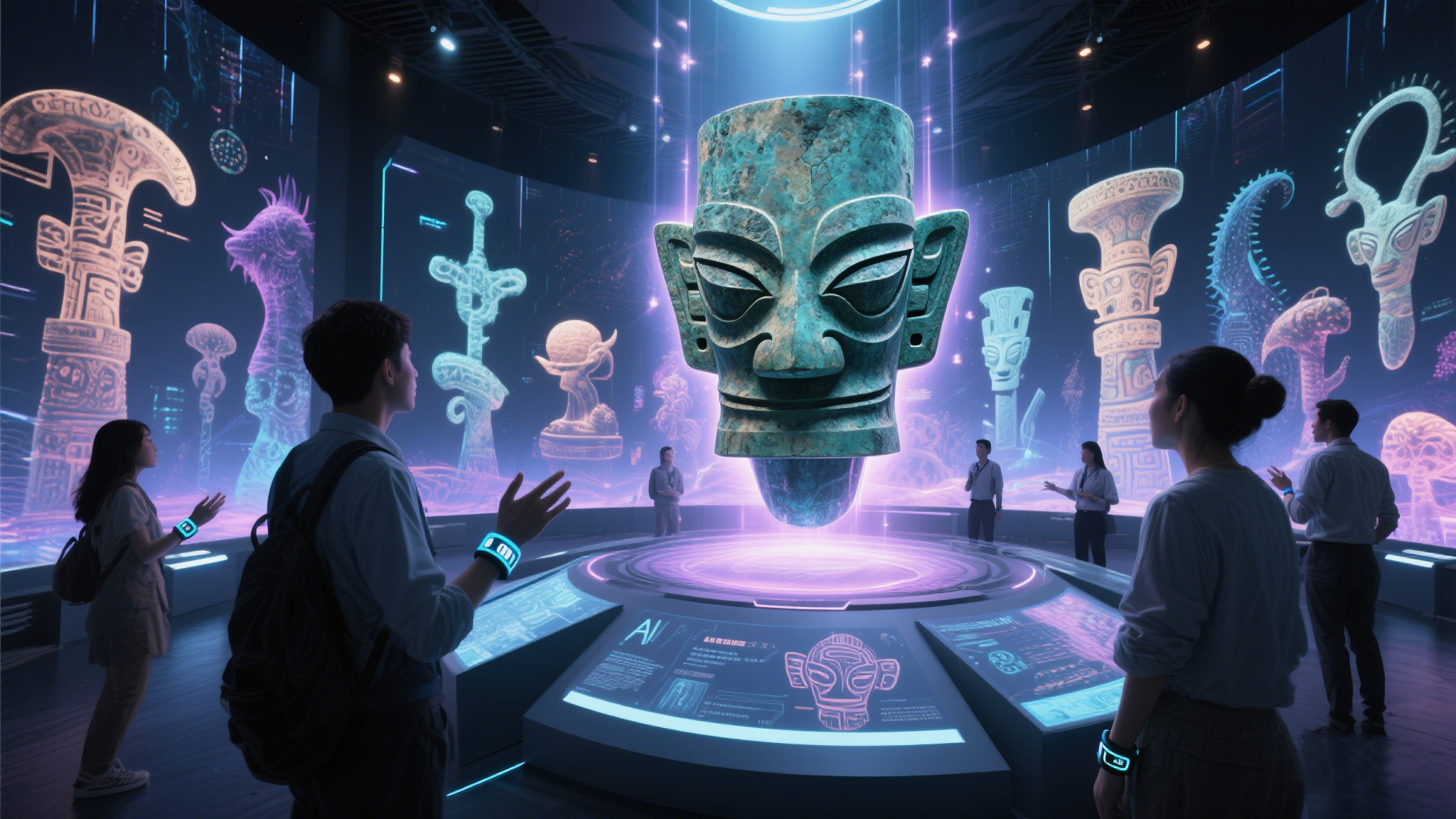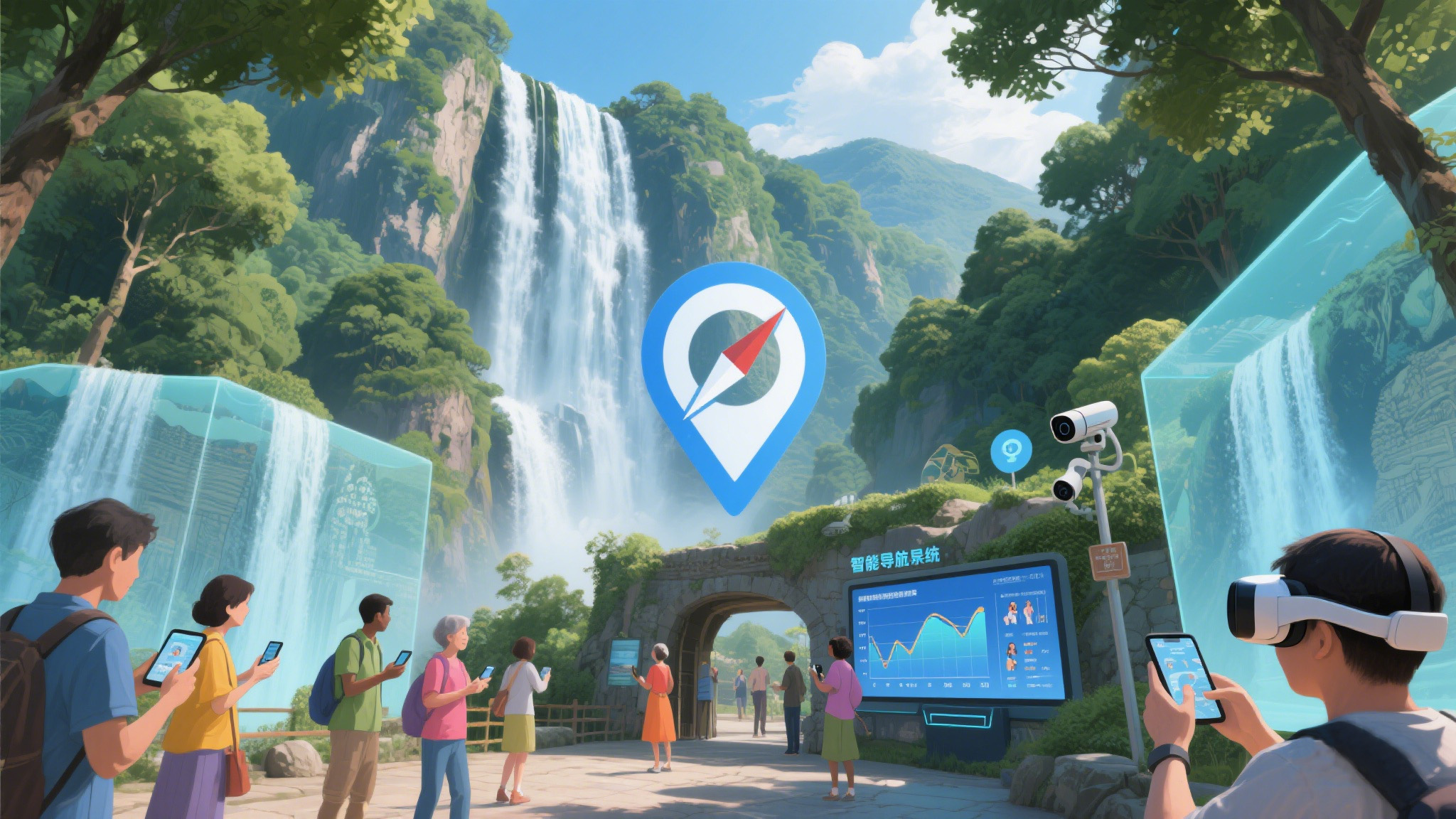AI in Cultural and Tourism: Revolutionizing the Way We Experience the World
小薇 2025-05-20
The cultural and tourism sector is undergoing a profound transformation, driven by advancements in Artificial Intelligence (AI). This article explores how AI technologies are reshaping the way people interact with destinations, enhancing experiences, and optimizing operations within the industry.
AI in Cultural and Tourism: Revolutionizing the Way We Experience the World
The cultural and tourism sector is undergoing a profound transformation, driven by advancements in Artificial Intelligence (AI). This article explores how AI technologies are reshaping the way people interact with destinations, enhancing experiences, and optimizing operations within the industry.The Role of AI in Cultural and Tourism
AI has become an integral part of various industries, and its impact on cultural and tourism is no exception. By leveraging machine learning algorithms, natural language processing, computer vision, and predictive analytics, AI offers innovative solutions that cater to travelers' needs while improving business efficiency.Enhancing Traveler Experiences through Personalization
One of the most significant contributions of AI in cultural and tourism is personalization. Modern travelers seek unique, tailored experiences that align with their preferences. AI-powered platforms analyze vast datasets from past interactions, social media activity, and booking patterns to create highly customized itineraries.For instance:- Chatbots provide instant recommendations for restaurants, attractions, and events based on individual tastes.
- Virtual assistants guide tourists through unfamiliar cities using real-time navigation systems.
- Sentiment analysis tools gauge customer satisfaction levels, enabling service providers to adjust offerings accordingly.
Streamlining Operations with Automation
Behind the scenes, AI plays a crucial role in streamlining operational processes for businesses operating within the cultural and tourism space. Key areas include:1.
Dynamic Pricing
AI algorithms assess market conditions, seasonal fluctuations, and competitor pricing strategies to determine optimal rates for accommodations, flights, and tours dynamically.2.
Predictive Maintenance
For attractions involving mechanical components (e.g., theme parks or cruise ships), predictive maintenance powered by AI minimizes downtime by identifying potential issues before they escalate into major problems.3.
Resource Allocation
Hotels and resorts utilize AI-driven forecasting models to allocate staff, manage inventory, and optimize energy consumption effectively.Augmenting Cultural Preservation Efforts
Cultural heritage preservation remains a top priority for many destinations worldwide. AI facilitates these efforts by digitizing artifacts, restoring damaged relics, and creating immersive virtual experiences that allow users to explore historical sites remotely.Examples include:- 3D scanning techniques capturing intricate details of ancient monuments for posterity.
- AR/VR applications enabling visitors to visualize what landmarks once looked like centuries ago.
Addressing Challenges in Implementing AI Solutions
While the benefits of integrating AI into cultural and tourism are evident, several hurdles must be addressed:- Data Privacy Concerns: Collecting extensive personal information raises ethical questions regarding privacy protection. Organizations should implement robust security measures and comply with regulations such as GDPR.
- Technological Barriers: Smaller enterprises may lack the necessary infrastructure or expertise required to adopt advanced AI solutions. Collaboration with tech partners could bridge this gap.
- Resistance to Change: Some stakeholders might resist adopting new technologies due to fear of job displacement or unfamiliarity. Training programs and transparent communication can alleviate such concerns.
The Future Landscape of AI in Cultural and Tourism
Looking ahead, the convergence of AI with other emerging technologies promises even greater possibilities for the cultural and tourism sector. For example:- Blockchain ensuring transparency in transactions and intellectual property rights management.
- IoT devices monitoring environmental impacts at popular tourist spots.
- Quantum computing accelerating complex computations related to route optimization or demand prediction.
ConclusionArtificial Intelligence is revolutionizing the cultural and tourism industry by delivering personalized experiences, enhancing operational efficiencies, and aiding cultural preservation endeavors. Although challenges exist, embracing AI responsibly paves the way for sustainable growth and unparalleled opportunities. As we move forward, collaboration between technology developers, policymakers, and industry leaders will be vital in shaping a brighter future for global travel enthusiasts.Would you like me to expand upon any specific aspect of this topic, Ms. Guo?







